Select Research
Stratospheric Balloon Drag Analysis using CFD (Large Eddy Simulations)


Role: Principal Investigator
Stratospheric superpressure & zero pressure balloons traditionally only use vertical stationkeeping or free-floating movement. The advent of horizontal-propulsion necessitated true drag characteristics understanding. This study investigated the drag profile using Large Eddy Simulations (LES), clearly predicting the drag crisis at the expected airspeeds.
Status: Completed
Publication link: Journal of Fluid Mechanics
Collaborators: Binayak Lohani
High-Altitude Low-Speed Anemometer (HALSA)
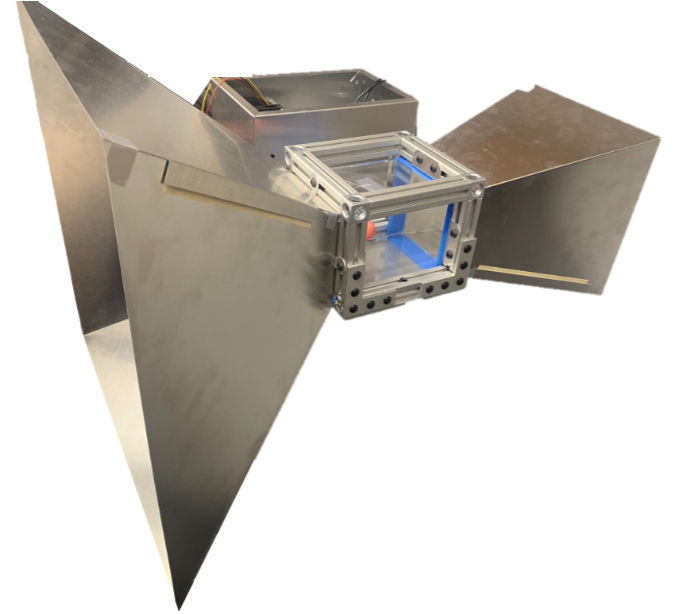

Role: Principal Investigator
Airspeeds at extremely low Reynolds numbers are hard to accurately measure without expense and non-trivial calibration. The idea here coupled a flow "scoop" with computer vision to increase dynamic pressure and measure drag-based deflection of a sphere, accurately giving airspeed output, as validated within a wind tunnel with complementary CFD. Full flight-ready instrument from ground-up built including mechanical, thermal, electrical, communications, and calibration procedures.
Status: In Process
Publication link: N/A
Collaborators: Emma Zuckerman, Walter Xu
Wildfire Risk Reduction using aerial platforms
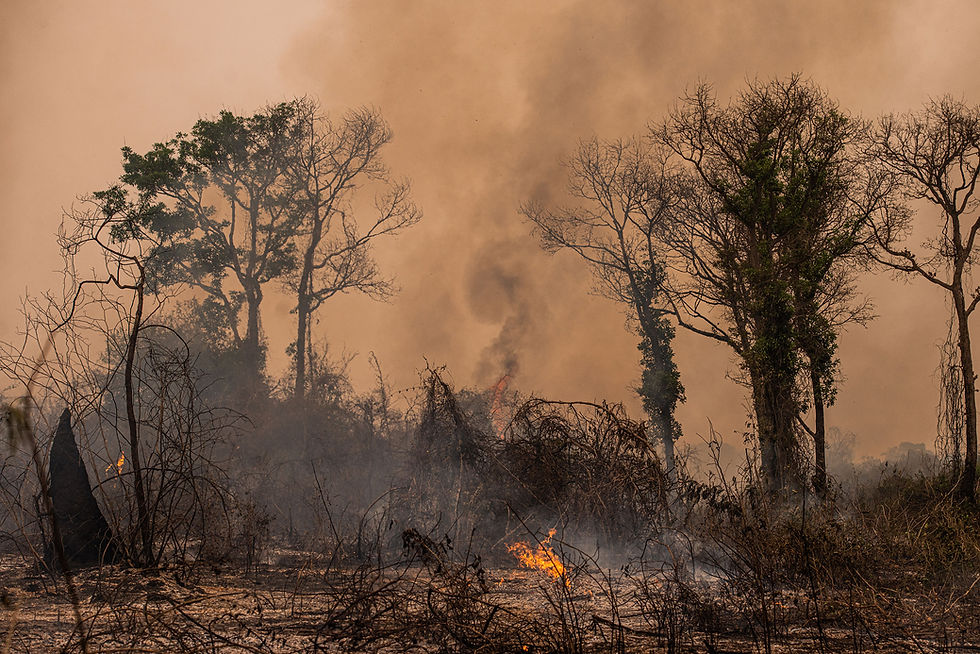

Role: co-Principal Investigator
This open research aims to improve wildfire detection, risk assessment, and spread by exploring the feasibility of leveraging UAS platforms equipped with remote sensing instrumentation for potentially useful data retrieval, by working together with various stakeholders in the wildfire community. Initial research successfully analyzed the mission-capability of fixed-wing persistent UAVs, while parallel research efforts are focusing on data assimilation with existing fire models.
Status: In Process
Article link: Salata Institute Press Release
Collaborators: James G. Anderson, John Dykema
Feasibility analysis of an ice-penetration radar-coupled UAS for mapping Antarctica & Greenland
Halogens Measurement Instrument Design with Turbulence Considerations
High-throughput Performance Prediction of Solar Cells using Electroluminescence Imaging & Model Training


Role: Co-Lead Contributor
Ice-penetrating radar (IPR) is useful in examining the bedrock beneath ice sheets such as the Antarctic Ice Sheet (AIS) & the Greenland Ice Sheet (GIS). This data allows for deeper understanding of the changing environment beneath these pivotal structures, allowing for better models of sea level rise, for instance. This study couples IPR physics with the a fixed-wing UAV design in order to study the achievable bedrock signal-to-noise ratios (SNR) across these features.


Role: Project Supervisor
Halogens in situ instrumentation from an airborne platform requires well-mixed NO injection for chemical disassociation of ClO & BrO to measure Cl & Br radicals, followed by low detection axis turbulence. We analyzed & mathematically quantified the turbulence properties for low-speed flight for this instrument, allowing for improvement of design.
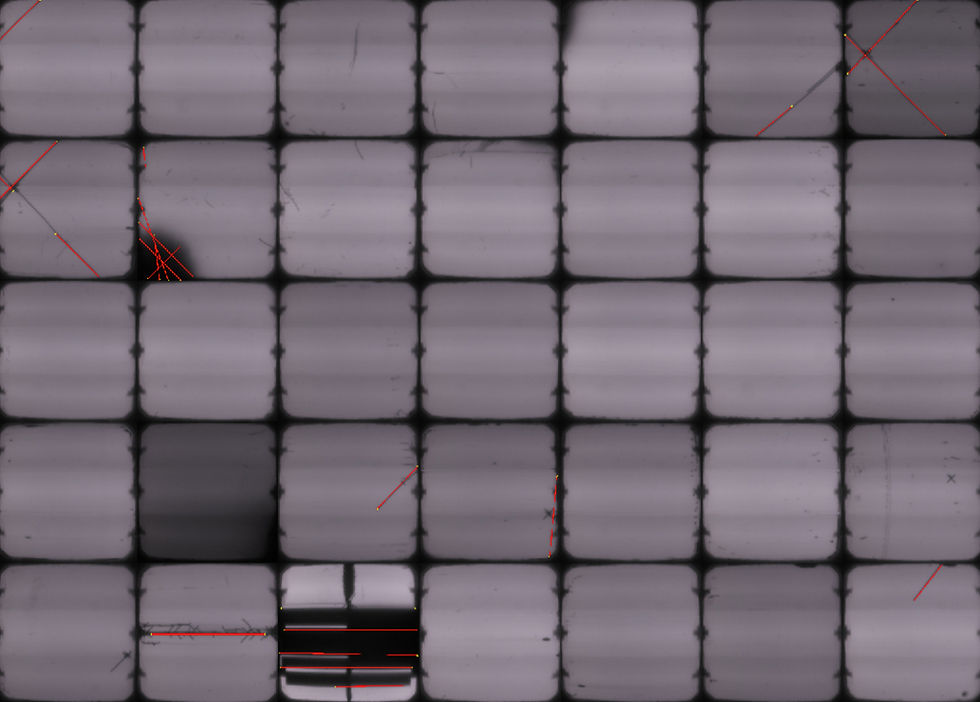

Role: Principal Investigator
Solar cell performance can vary based on manufacturing practices, shipping, and other reasons. The micro-structural damage in certain cells is not always visible. Electroluminescence Imaging (ELI) allowed for an approach to characterize defects, which was used to train a model based on the performance of various cells. A test set allowed for validation of the model and proof of high-throughout testing setup and performance prediction.
Status: Completed
Publication link: {coming soon}
Collaborators: Thomas Teisberg, Dustin Schroeder
Status: Completed
Publication: Measurement Science & Technology
Collaborators: Abhijit Pamarty
Status: Completed
Publication link: {did not pursue publication}
Collaborators: Maggie Vallejo
Aircraft Configuration & Propulsion Design Optimization tool
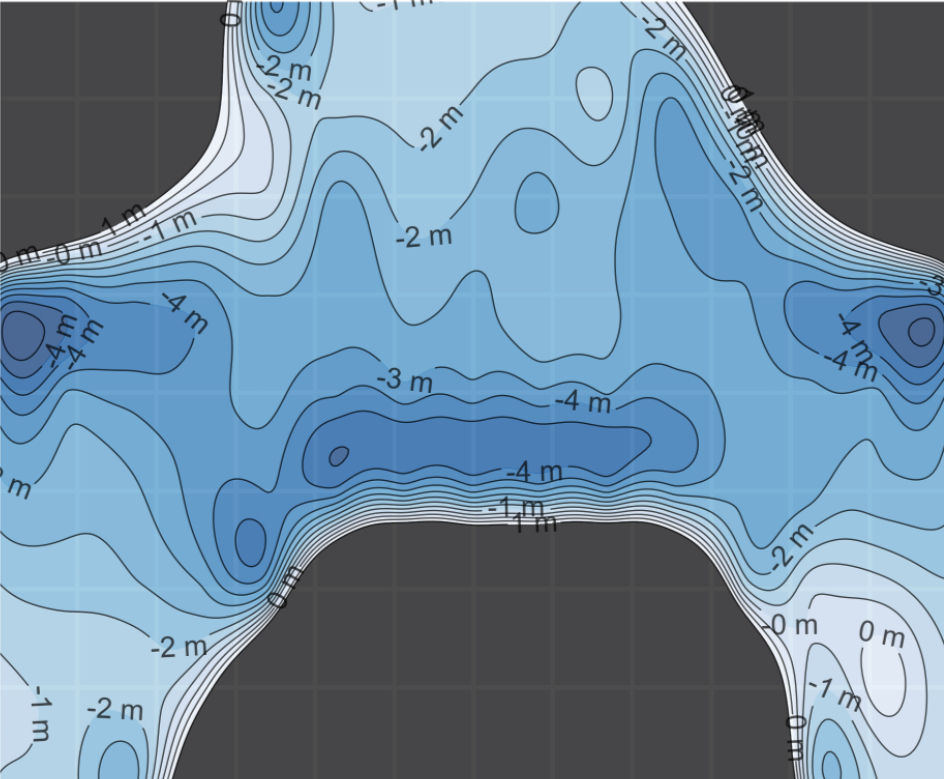

Role: Lead Researcher
Aircraft design is complex and requires multidisciplinary optimization (MDO) algorithms. This work explores various propulsion systems optimizations by coupling real world data, physics-based constraints, and scaling models to develop a design methodology for aircraft configuration and propulsion system characteristics.
Design & Analysis of Bioreactor Components and Impellers using CFD


Role: Lead Researcher
Developing efficient bench-scale bioreactors enables the viability of small volume biologic drug production such as rare disease drugs and personalized oncology medication. This study compared various bioreactor designs (components, impeller selection, spacing) using CFD, to analyze the best designs from the perspective of mixing, cell growth, and downstream processing.
Analysis of Water Percolation Properties within PEM Fuel Cells


Role: Contributor
Water quantity plays a key role in polymer electrolyte membrane (PEM) fuel cells, as hydration is important for proton conductivity, but flooding can inhibit gas flow. This work studied the water properties of a variety of PEM fuel cell constructions, by testing using an X-ray synchrotron source and analyzing the data using ImageJ.
Status: Completed
Publication link: AIAA Aviation
Status: Completed
Publication link: MIT Thesis
Status: Completed
Publication link: Electrochimica Acta
Collaborators: John Langford III, James G. Anderson
Collaborators: J. Christopher Love
Collaborators: James Hinebaugh, Jongmin Lee, Aimy Bazylak
Select Engineering
Mechanical Design of Aerospace-grade Airborne Scientific Instrumentation

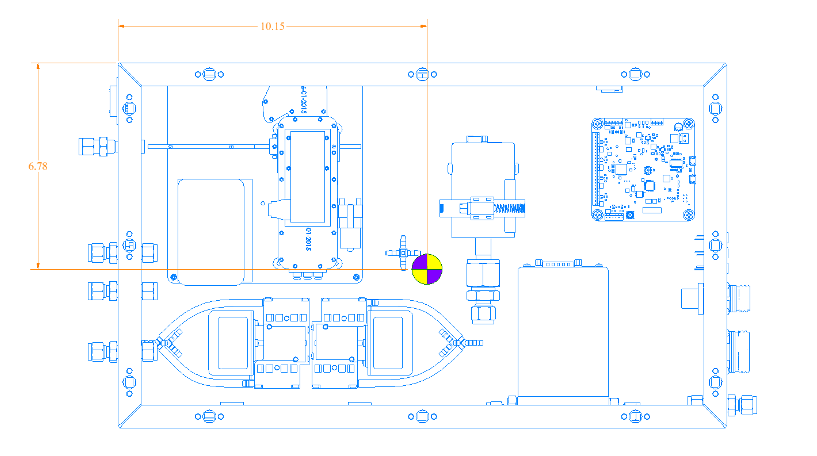


Role: Engineer
Mechanical design for instruments to conduct atmospheric chemistry and climate science on NASA missions. Included thermal and structural design and analysis. Required interfacing with machine shop, electrical engineering, science team, and NASA (for compliance and approval).
Solar-powered Aircraft Optimization Design & Subsystem Development


Role: Lead or Contributing Engineer
Led engineering for certain subsystems. Contributed to the aircraft design optimization tool. Led the Harvard team through environmental testing of subsystems, and led the Harvard team through payload miniaturization and science considerations.
Smart Automated Battery Cycling System under Altitude Simualtion


Role: Lead Engineer
Developed and built a environmental battery cycling system without using commercial cyclers (that anyways failed to interface with feedback-based battery management systems). The system is programmable to cycle based on any power profile, records data from electronics as well as BMSs, and interfaces hermetically to a thermal-vacuum system.
Novel Horizontally-Propelled Stratospheric Platform
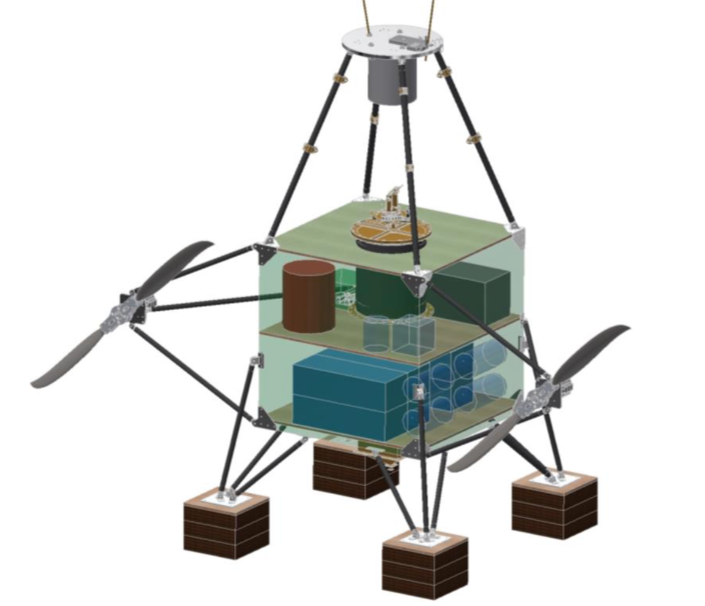
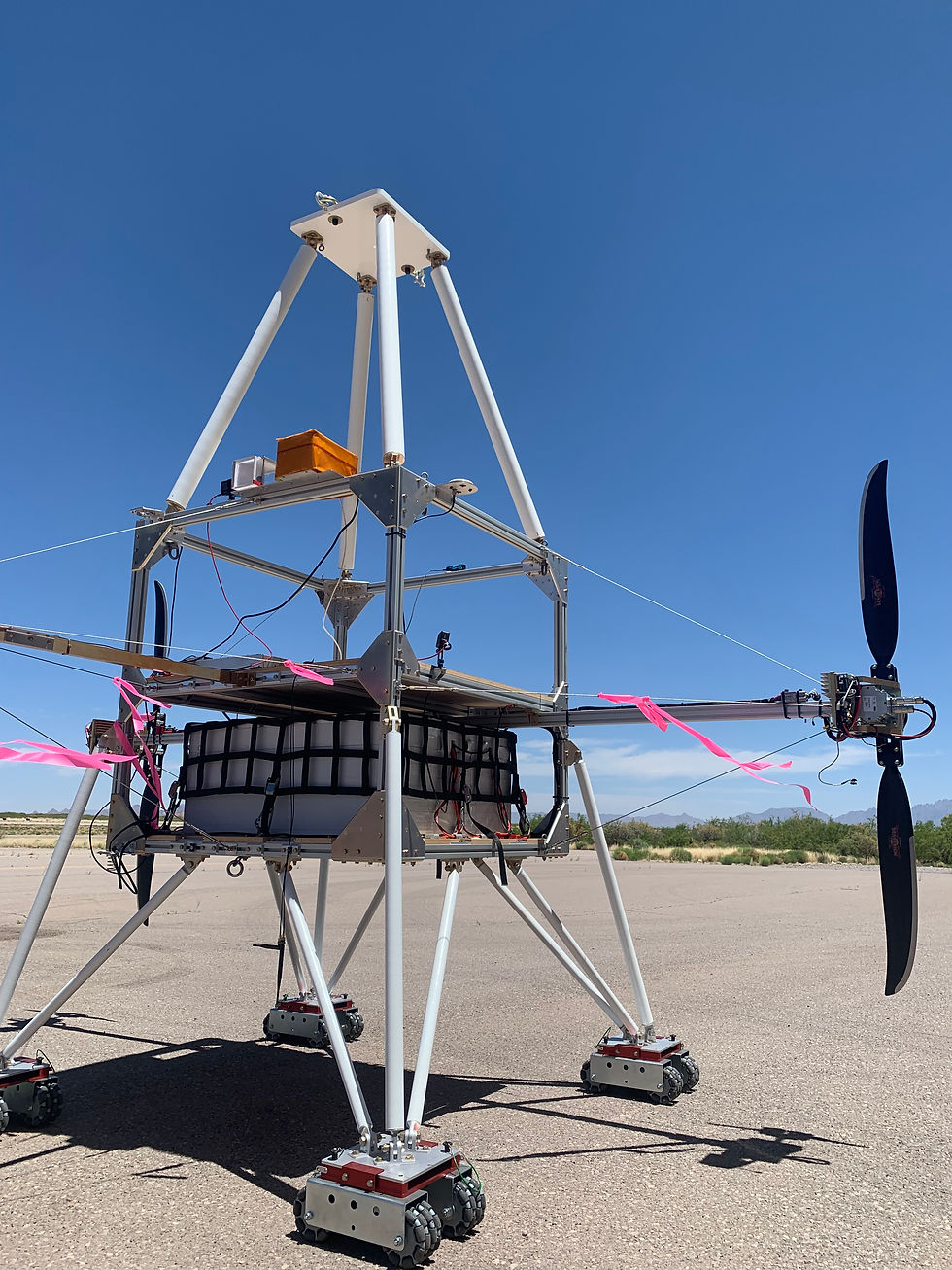

Role: Structural & Propulsion
Contributed towards the engineering of a novel first-of-a-kind aerial platform intended for stratospheric operation using buoyancy based ballooning systems, and horizontal maneuvering using differential thrust propulsion. Led the propeller analysis, energy consumption accounting, and the complete structural analysis of all components and the structural reporting. Contributed mechanical design towards other parts such as the hopper system, battery storage system, and auxiliary parts.
Propeller Analysis & Testing using novel methodology
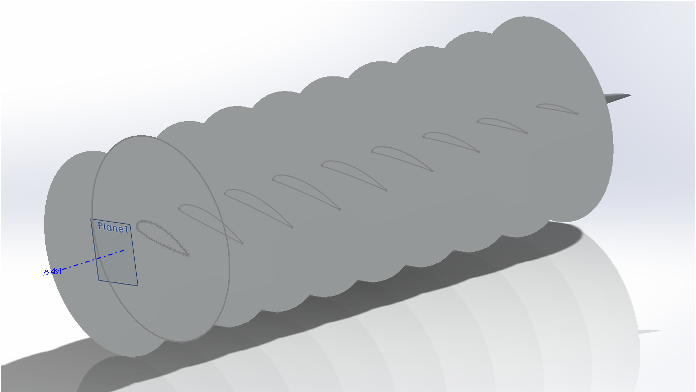



Role: Lead Engineer
Developed a novel methodology for analyzing the performance of off-the-shelf propellers operating in their unintended environments. This work reverse engineered the CAD of a manufacturer's propeller, discretized and identified blade elements, analyzed elements using XFOIL, and integrated the results by developing a MATLAB code for accounting for iterations and 3D effects, resulting in a performance prediction and pitch recommendation at altitude. Static ground testing followed which was also analyzed in depth and after which initial model was validated.
Novel Gearbox-based Electric Propulsion Motors for Electric Aircraft


Role: Project Lead
Developed a novel ultra high efficiency electric propulsion design for an electric aircraft system using a coupled system with ultralight-gearbox and worked closely with motor and gearbox designers to find the optimum solution. Oversaw the design and manufacture, assembly, and eventually tested and validated the design with a propeller-setup.
Novel remote Level Sensing Instrumentation in Bioreactor & Bioprocess Applications


Role: Lead Inventor
In situ sensors cause a host of problems in bioreactors, especially in disposable reactors. I developed a series of remote sensors from scratch that could be applied to sense level & volume as well as potentially towards other important parameters such as optical density, etc. It relied on a simple real-time camera setup, computer vision algorithms in MATLAB using binarization, image segmentation, color referencing, noise handling, image processing, and a reference model for output generation.
Off-grid solar-powered Reverse Osmosis Desalination System for Haiti




Role: Contributing Engineer
This project involved 5 graduate students at MIT, designing and building an off-grid reverse osmosis solar-powered desalination system to serve a water-stressed village in Haiti. The project involved system engineering for sizing equipment, developing a modular approach for scalability, tackling issues such as membrane scaling, simulating multi-stage RO systems, building and testing lab setups in Boston including water purity testing, and building & testing the pilot plant in Haiti.
Structural Analysis of Airborne Scientific Instrumentation


Role: Lead Engineer
Conducted structural analysis using analytical methods & FEA where necessary for several airborne scientific instruments to meet NASA compliance standards. This included accounting for g-forces, modal analysis, bolt and hardware failure analysis, etc.
Geometric Dimensioning & Tolerancing (GD&T) and CAD Drawings



Role: Lead & Contributing Engineer
Created several custom parts and drawings across multiple projects, accounting for Design for X (Manufacture, Assembly, Use) by interfacing with machine shop, electrical engineering, scientists.
Product & Engineering Design of Escape Room Gameplay Puzzle




Role: Contributing Engineer
Conceptualized, designed, and prototyped a puzzle and room for an escape room-like business utilizing engineering and product design techniques while considering user interactions through focus groups and surveys.
Thermal Analysis of Pressure Vessel Lidar
with radiation, convection, conduction
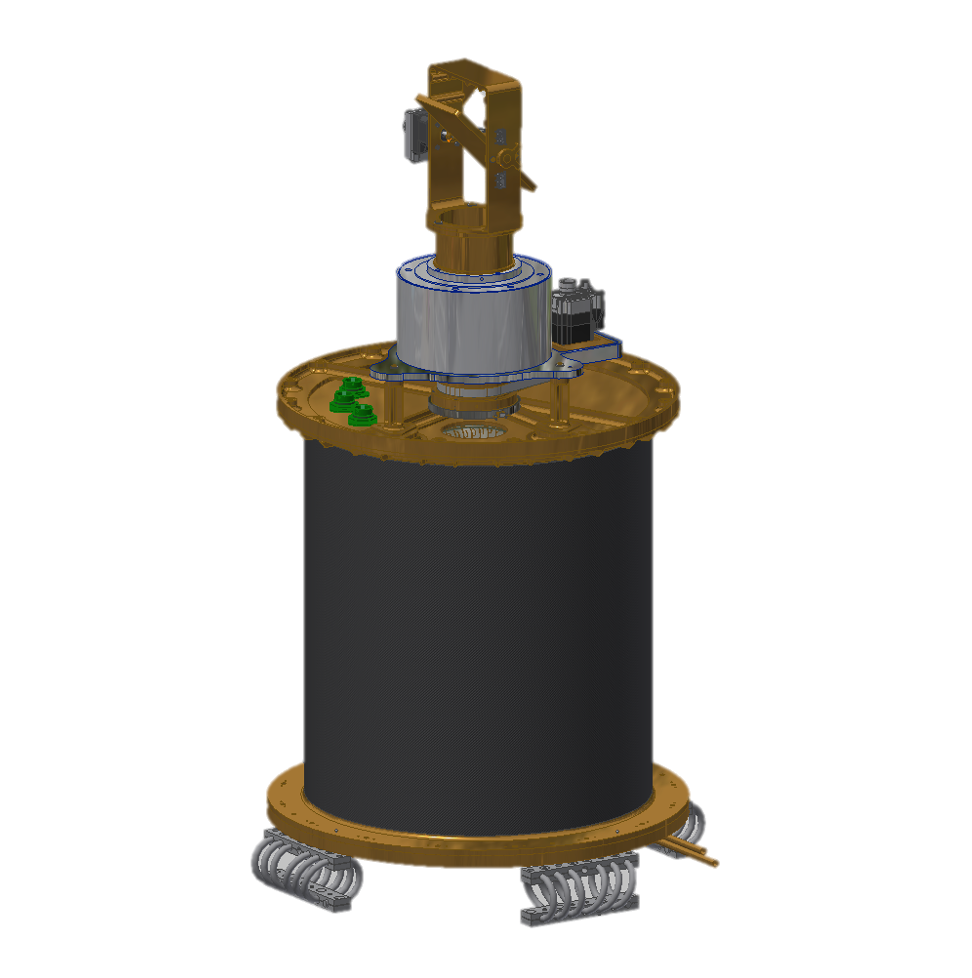

Role: Lead Engineer
Built a fully theoretical thermal analysis for an airborne Lidar pressure vessel using radiation, free convection, forced convection, conduction through multiple resistance networks. Increased the fidelity of the model by conducting Monte-Carlo simulations due to the variance of various inputs (e.g. cloud cover, etc.) and implemented an iterative convergence based solution initially through large data sheets, though eventually through Python scripts. Designed thermal solutions for proper operation of the Lidar system during flight.
Design of Thermal Chamber System (Mechanical, Thermal, Electrical)
Thermal Analysis & Design of Aircraft Electric Propulsion System
Ballast Hopper Design & Pressure Analysis


Role: Lead Engineer
Designed a large thermal chamber for testing space-bound and airborne systems inside a vacuum system using thermal analysis, mechanical design & CAD, electrical & communication considerations, chiller system calculations, etc. Created drawings, got parts manufactured, assembled, tested, and characterized (thermal & hydrodynamics) the complete system. The system has been used for years at Harvard by multiple groups and functions to date.


Role: Project Supervisor
The project studied the thermal response of an electric propulsion system through various stages of flight, and explored various fin-aeroshell designs with the multi-objective of keeping within thermal limits as well as minimizing added drag burden.

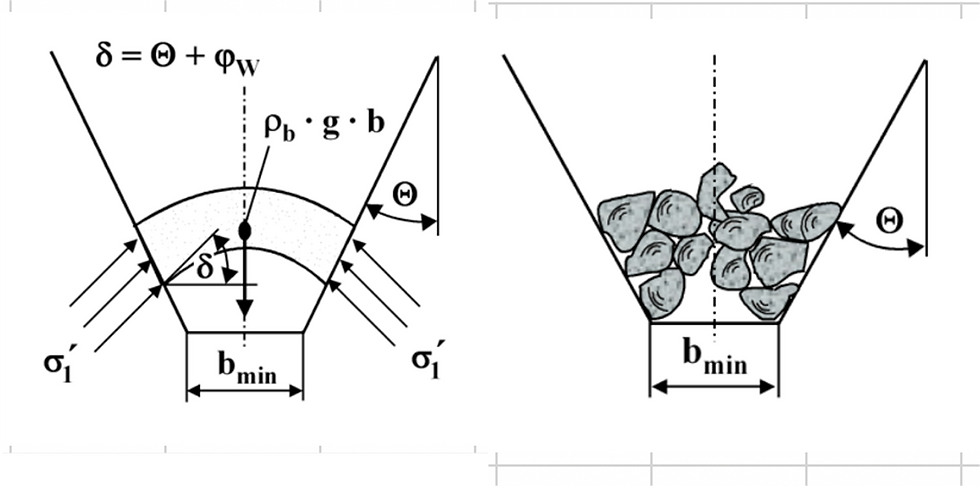


Role: Lead Engineer
Designed a ballast hopper for holding steel shot on a buoyancy-based vertical system. Conducted theoretical analysis to resolve the complex "bulk solid flow" physics and determine avoidance of the various potential flow issues (cohesive bridging, etc.). Determined wall properties and thickness necessary to avoid silo deformation.
Select Other Projects
Creating Shared Value (CSV) Index @ Harvard Business School


The concept of Creating Shared Value (CSV) was formalized & popularized by Mark Kramer & Michael Porter at Harvard Business School. I took an in-person course taught by them and eventually developed a quantitative corollary of the idea - a CSV index for based on country that accounted for the probability of CSV success by accounting for factors such as population growth, economic growth, geopolitical risk, social lethargy, market potency, etc.
Course Design, Teaching & Undergraduate Thesis Advising @ Harvard University


Co-lectured and co-designed an undergraduate course with Professor James Anderson @ Harvard University combining introductory aerodynamics with climate science, thermodynamics, clean energy technologies, and remote sensing instruments. Course was renewed beyond its pilot year.
Served as Thesis Advisor at Harvard to multiple undergraduates on a range of engineering and science topics.
Python Package for Canadian Retirement Planning


Built a financial planning software for middle-aged Canadians looking towards retirement. Accounted for various tax brackets, pension plans, old age security, TFSA & RRSP disbursements, potential business dividend extractions, variance in security market performance & bond markets, risk tolerance & lifestyle choices of users, home equity, debt (lines of credit, mortgage, auto, etc.), etc.
Currently temporarily non-public due to outdated input & regulation information
Some other areas of interests have led to projects involving contributing to Harvard Law School's Global Anticorruption Blog, financial portfolio optimization using historical data for Efficient Frontier setup, analyzing the business viability of high consumption industries operating only during low to negative LMPs, and contributing to Harvard Sports Analysis Collective's blog through data case studies.